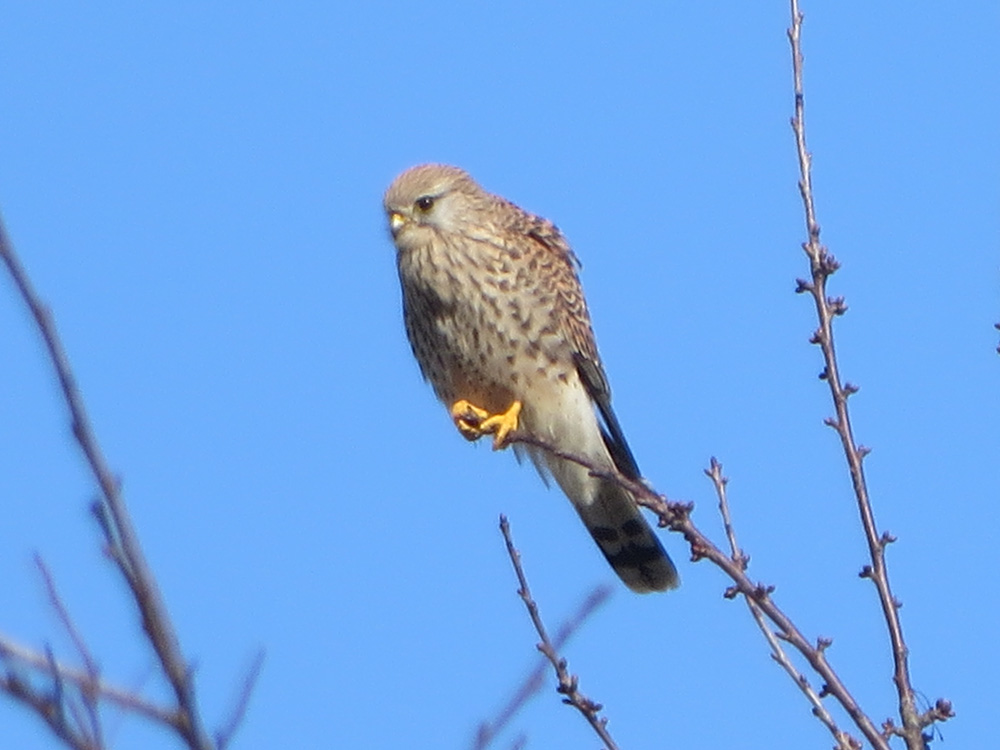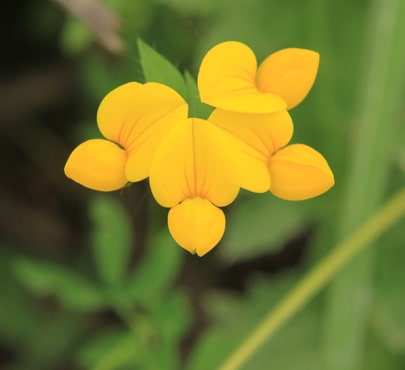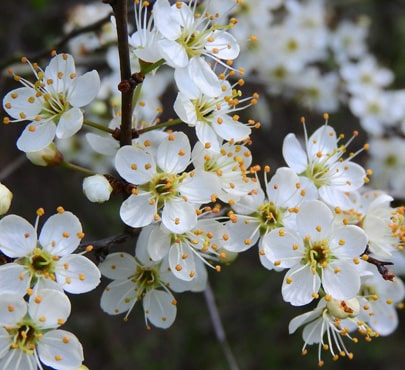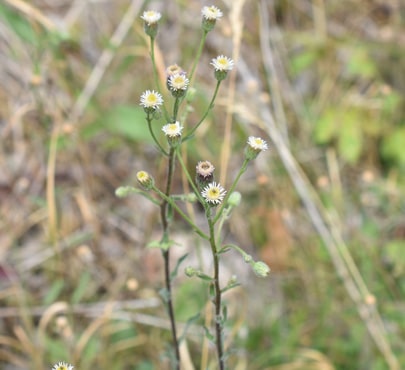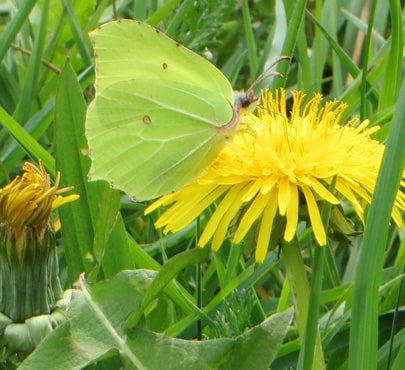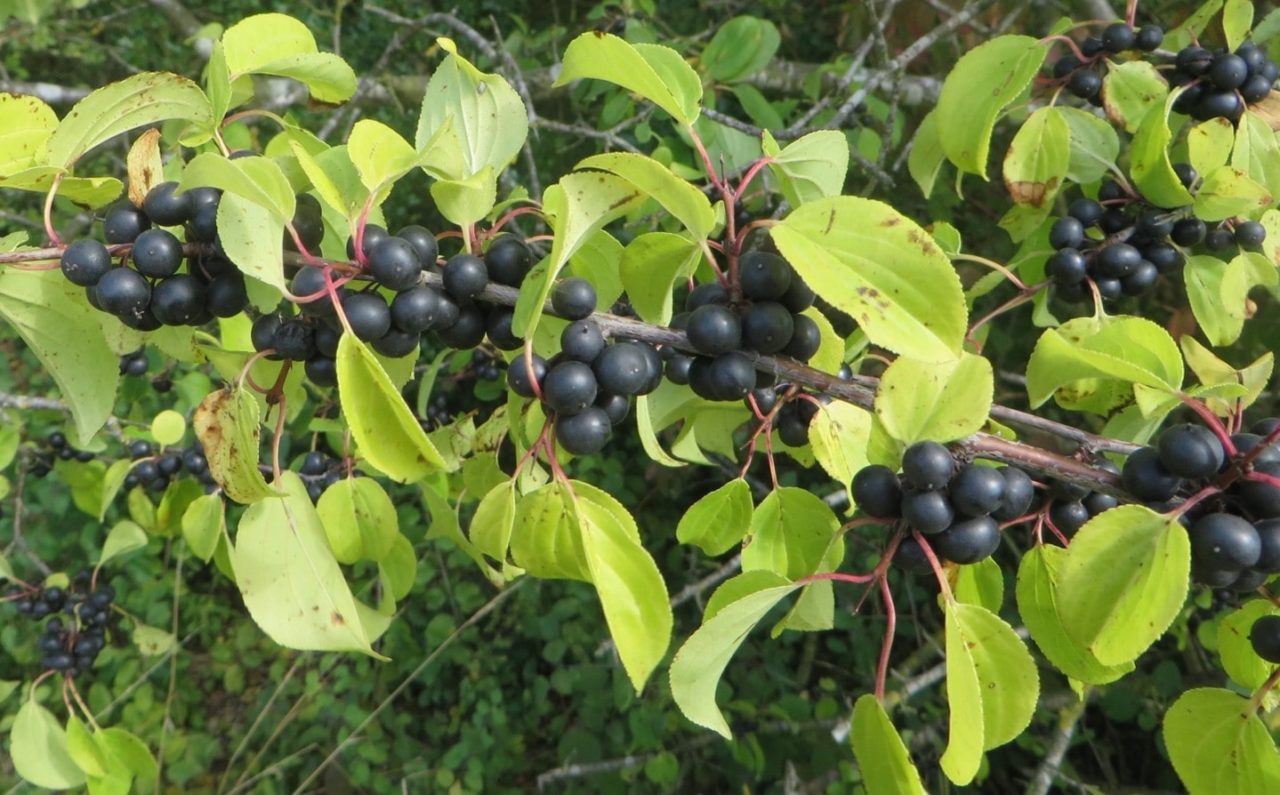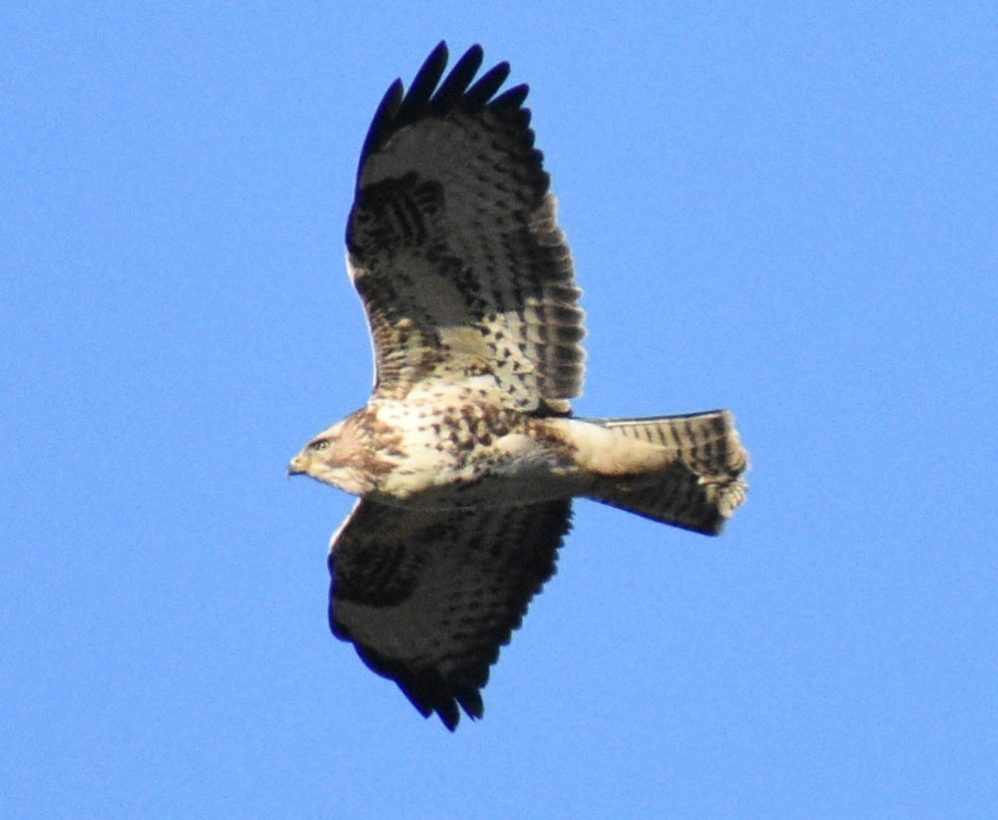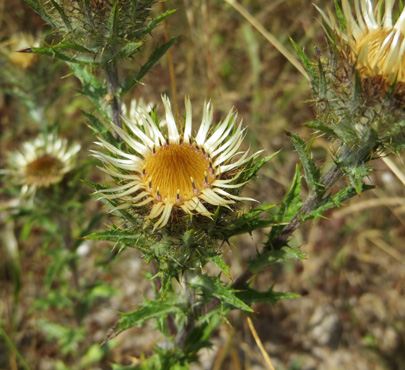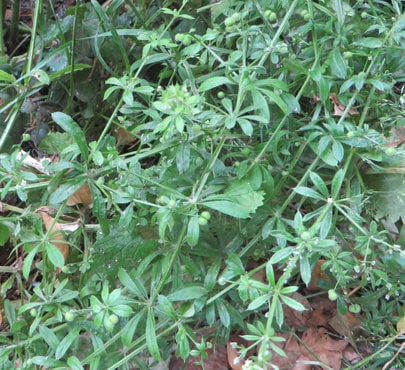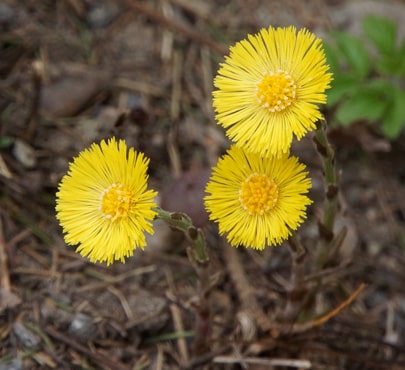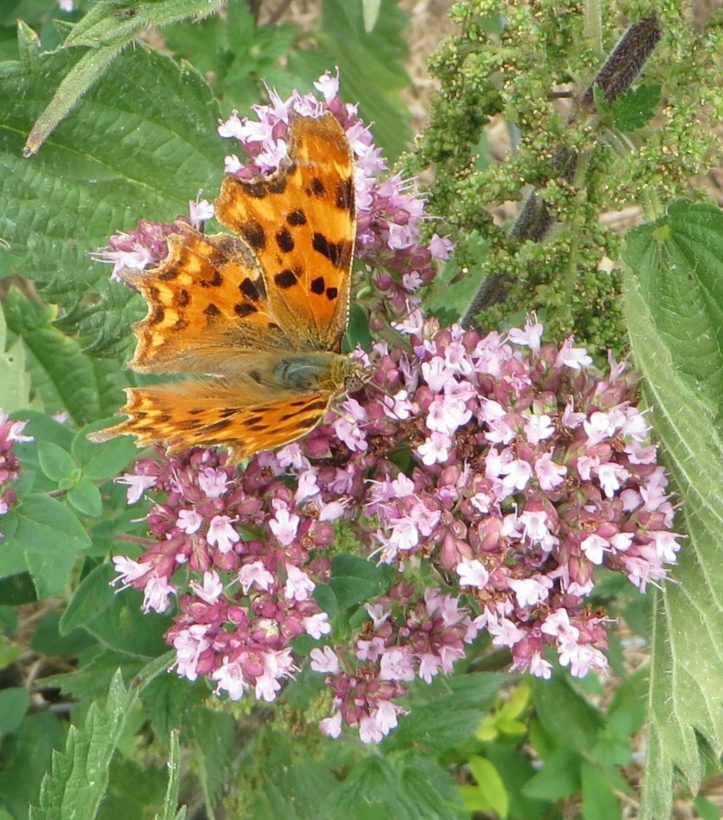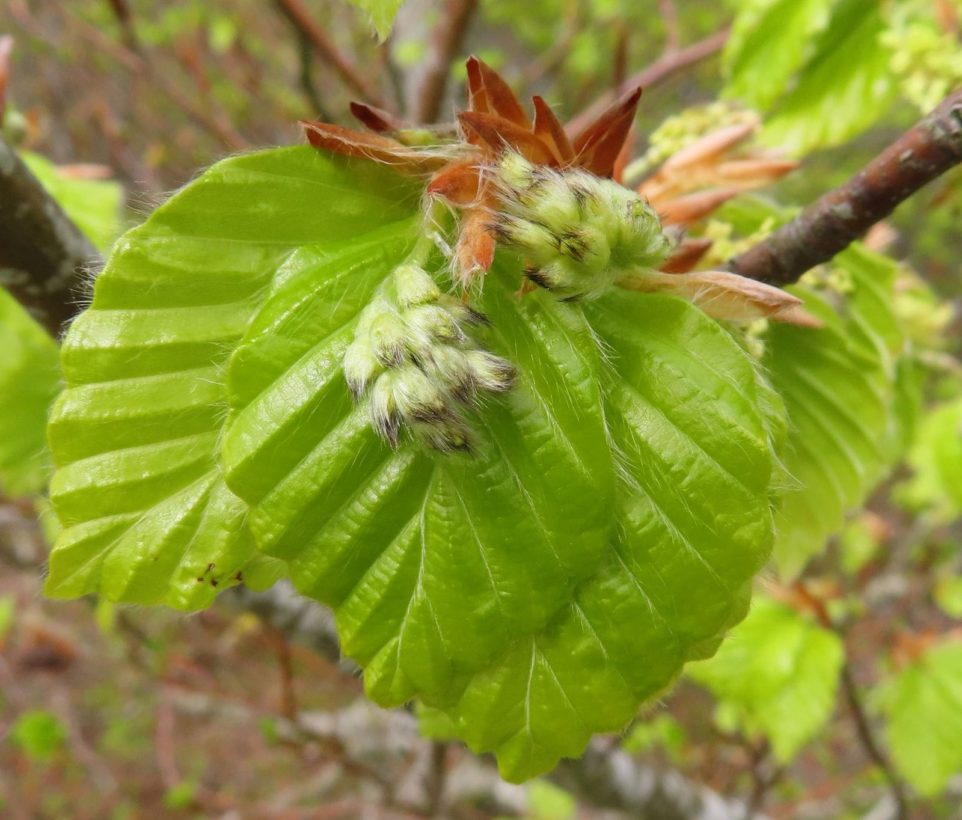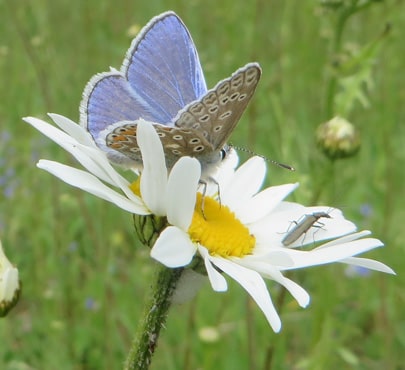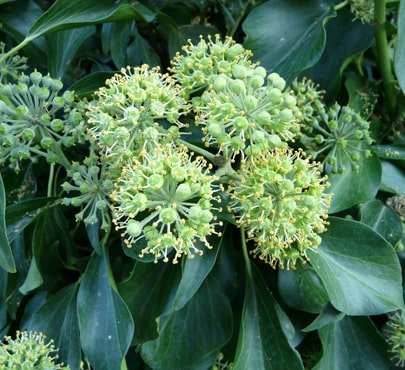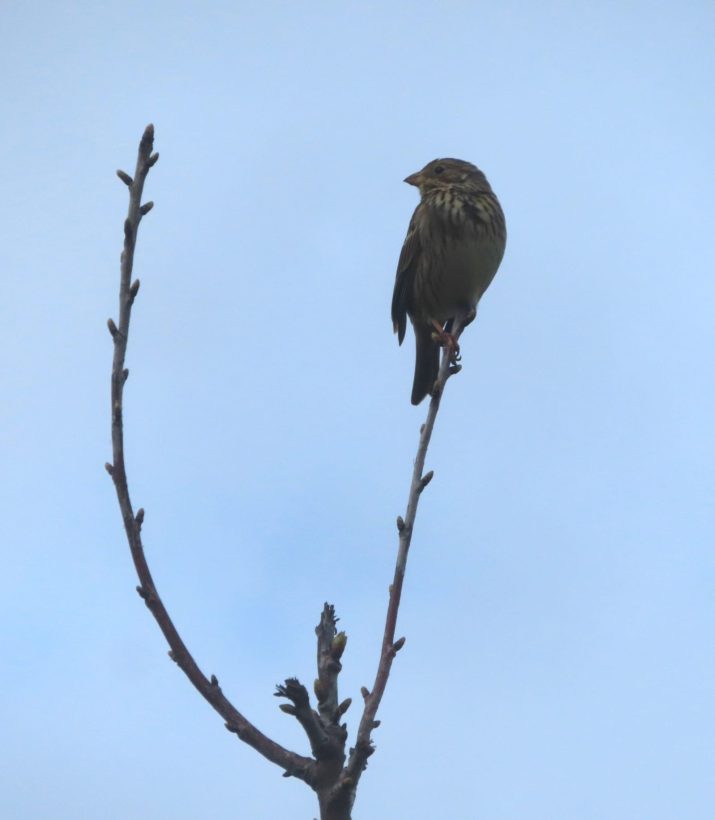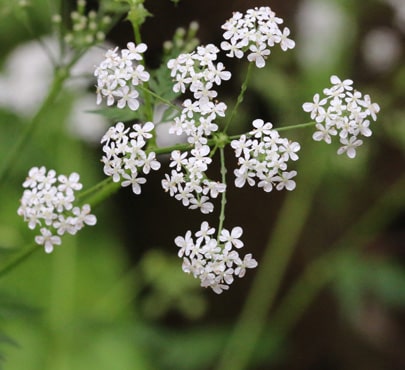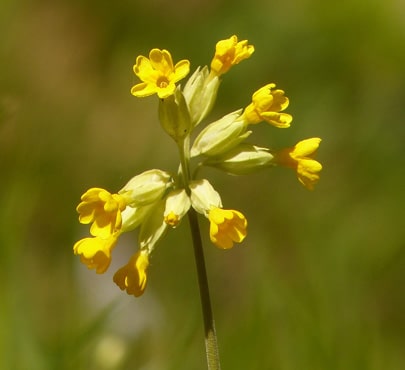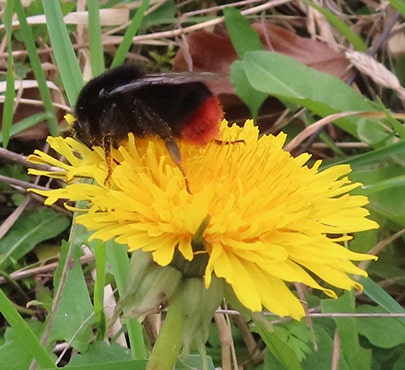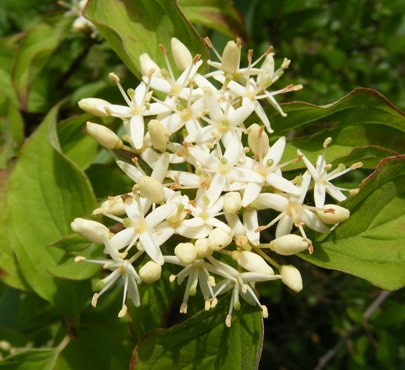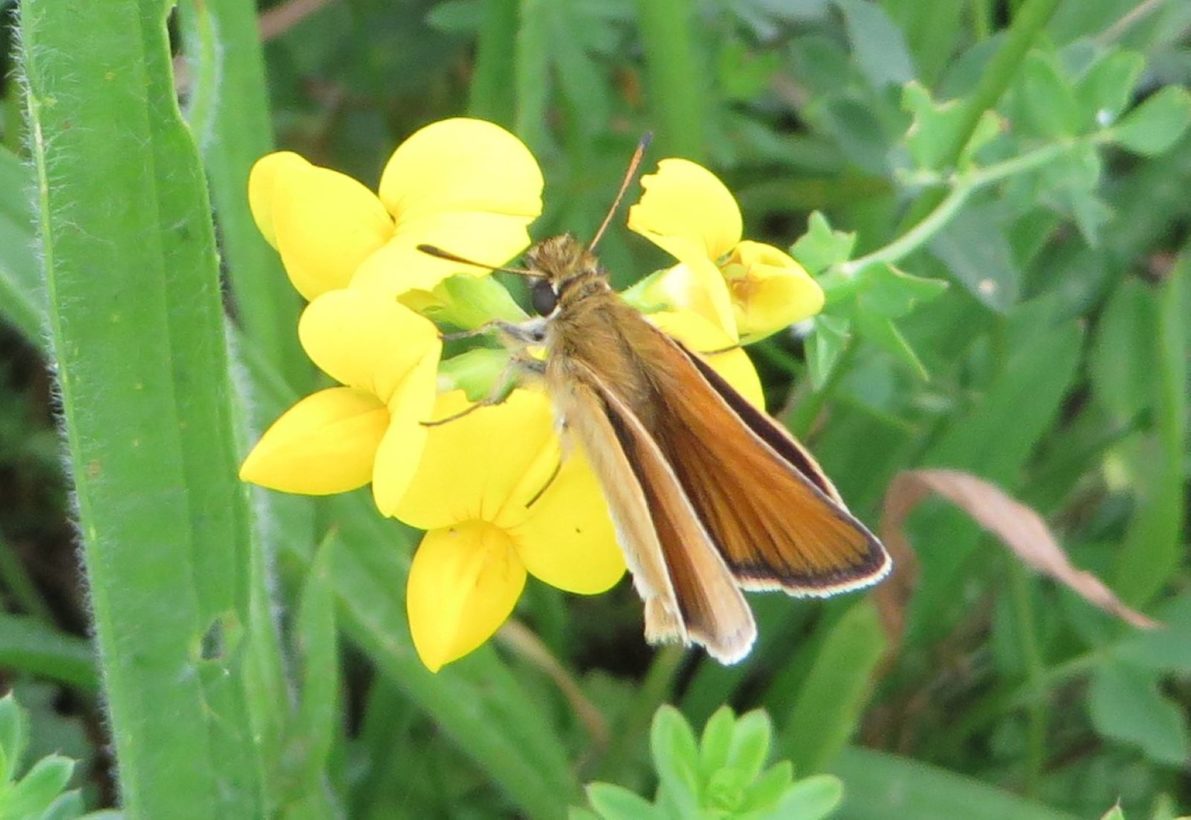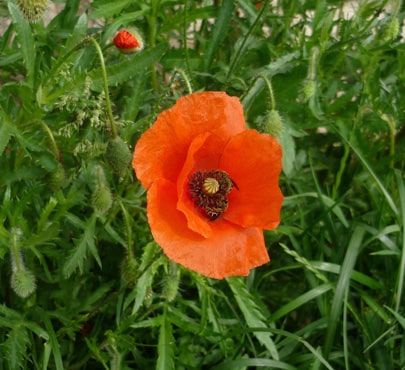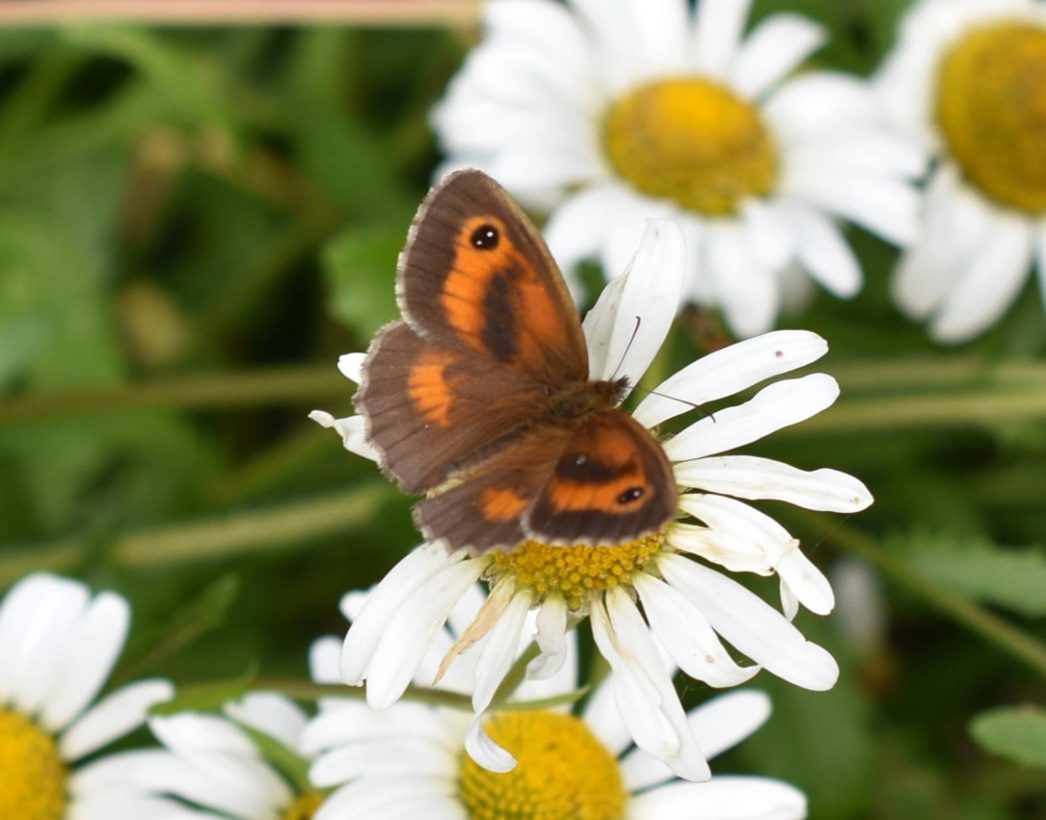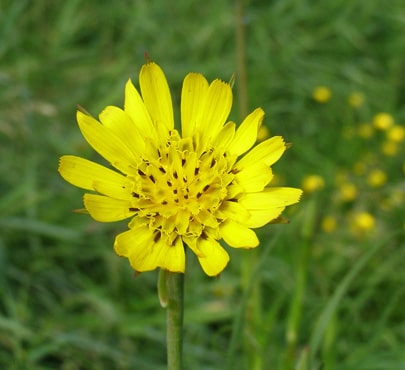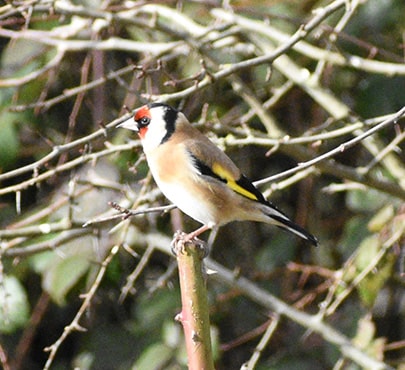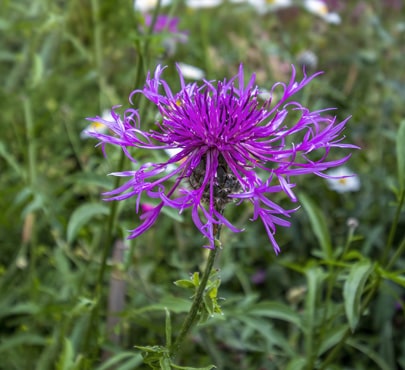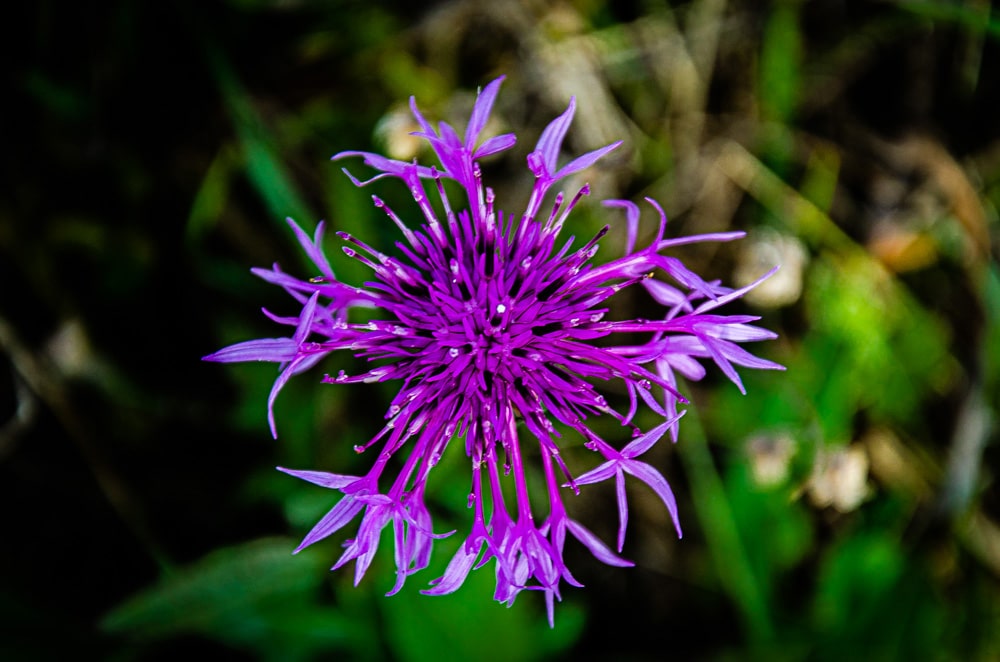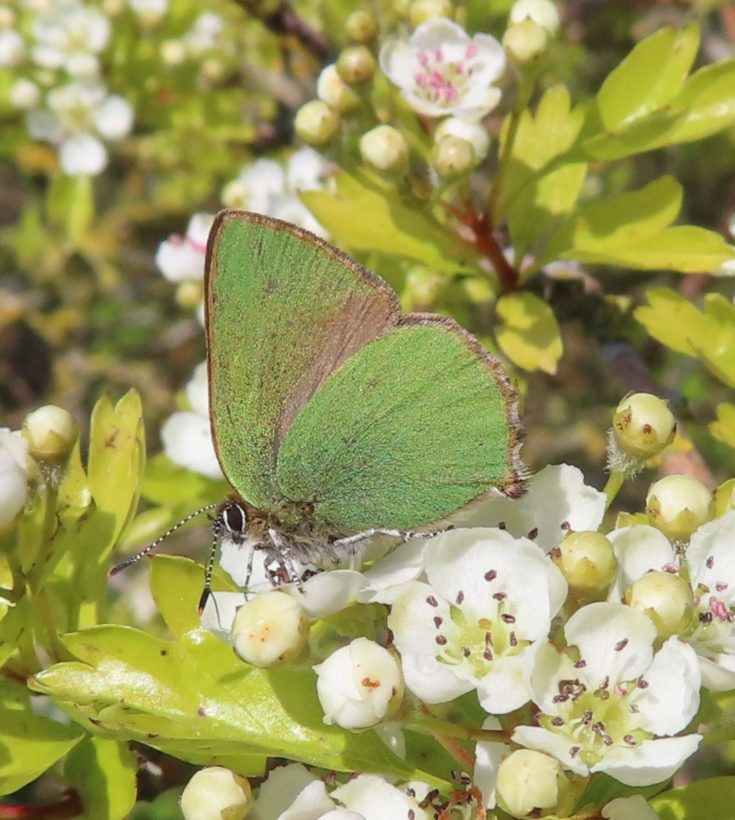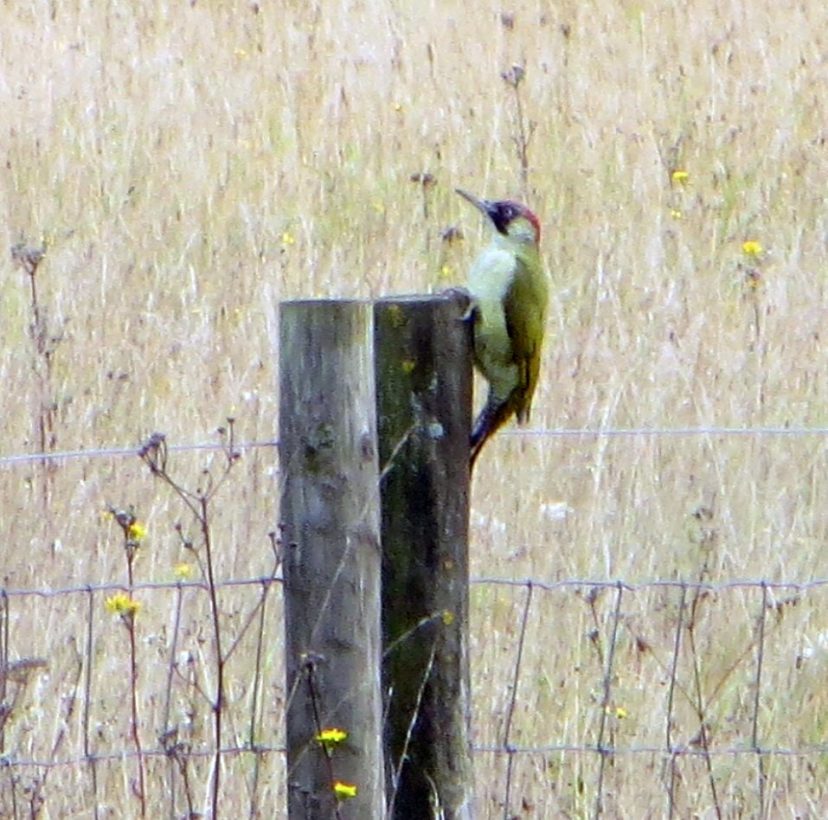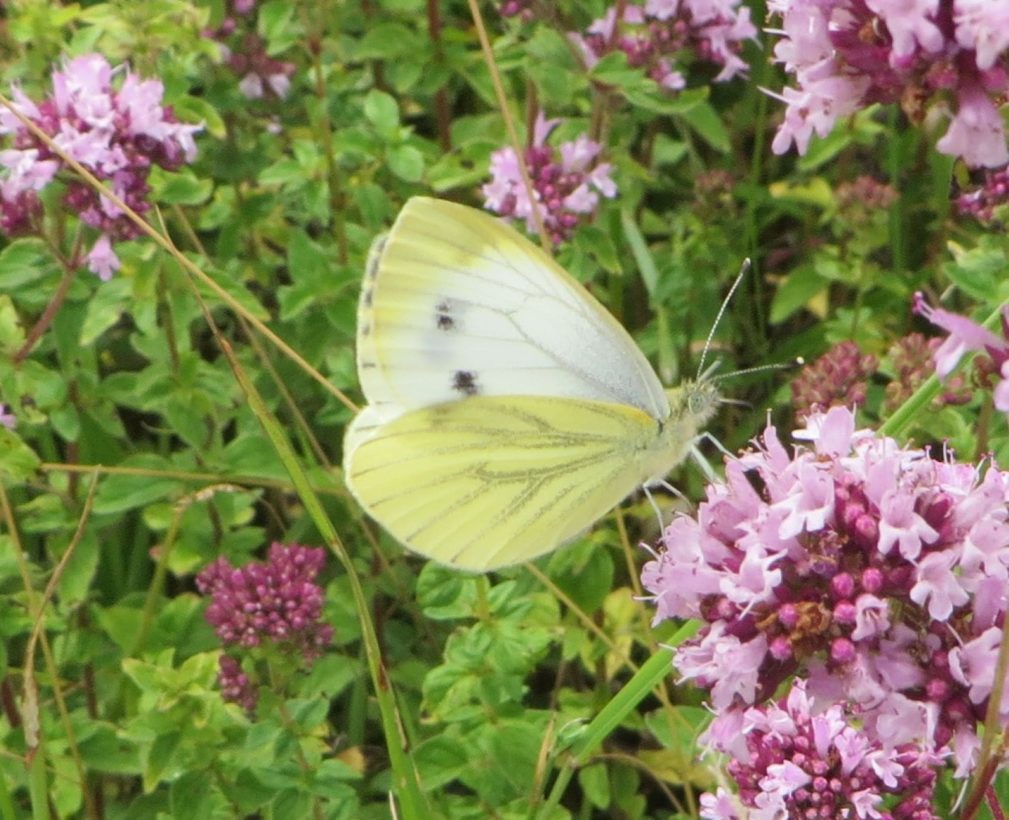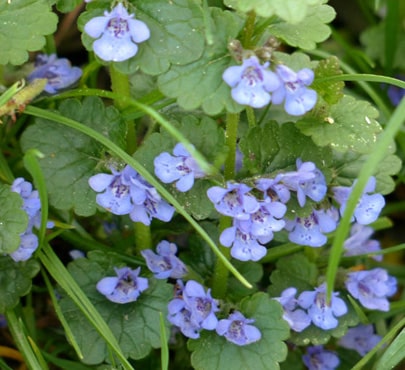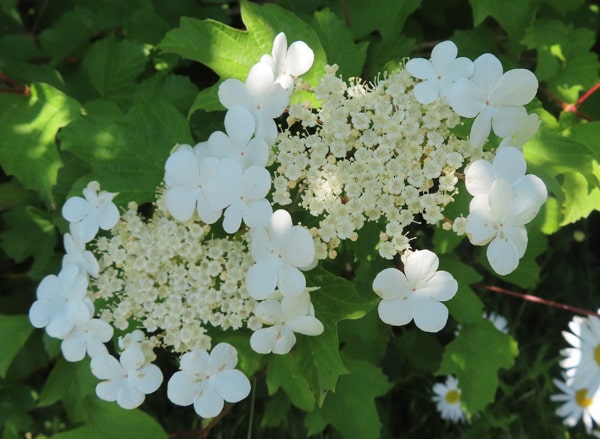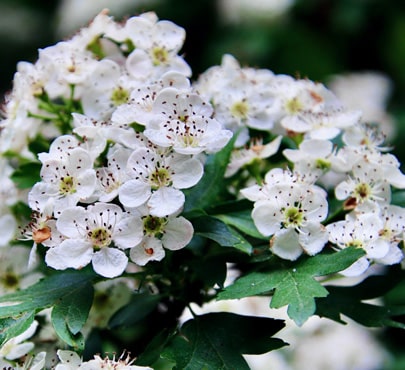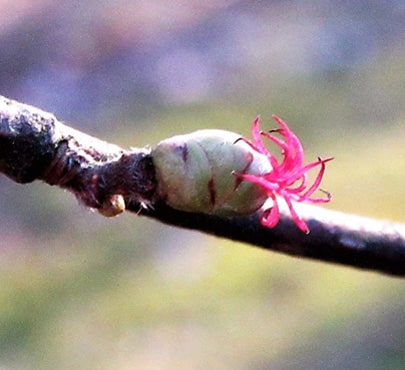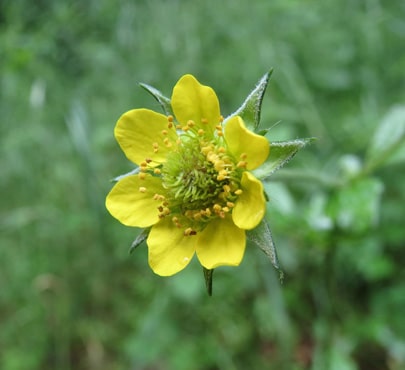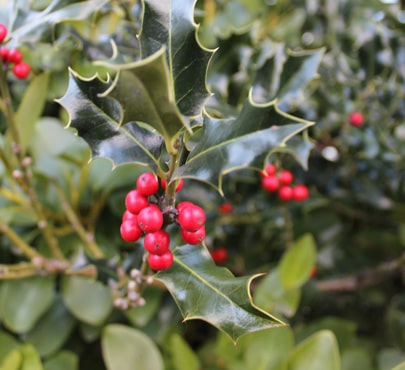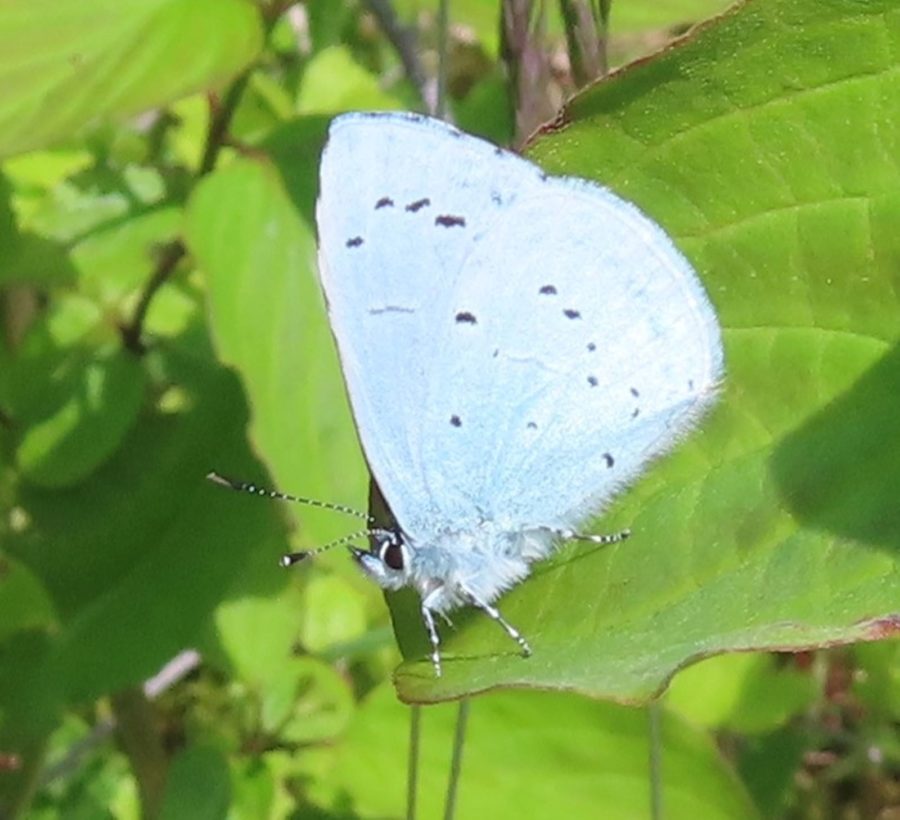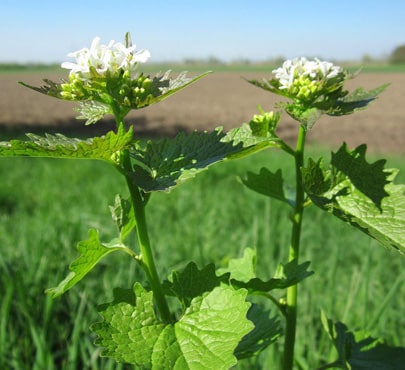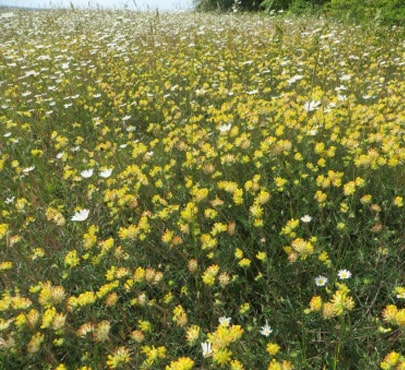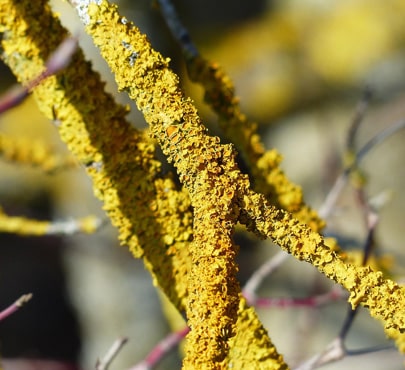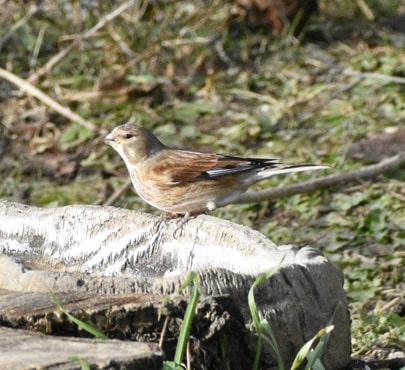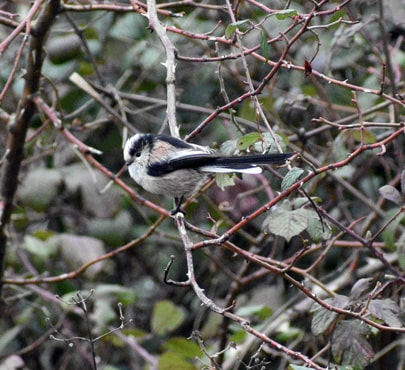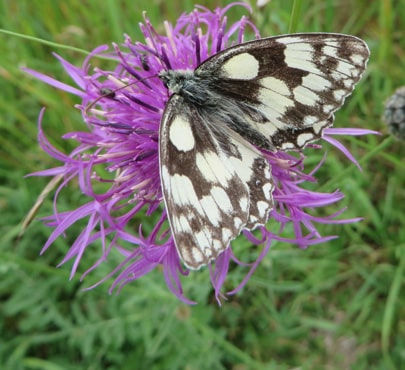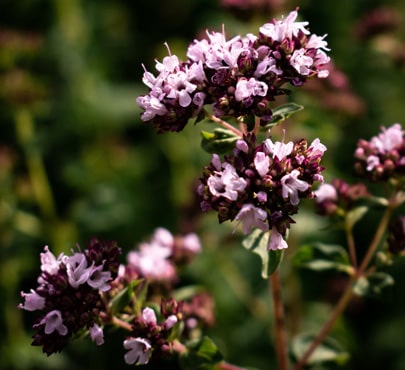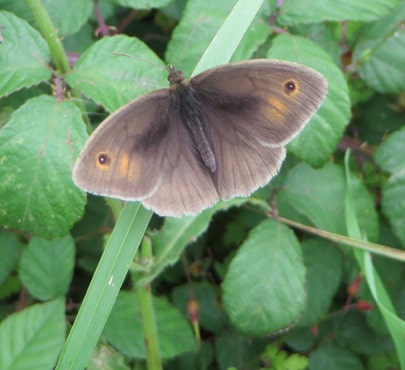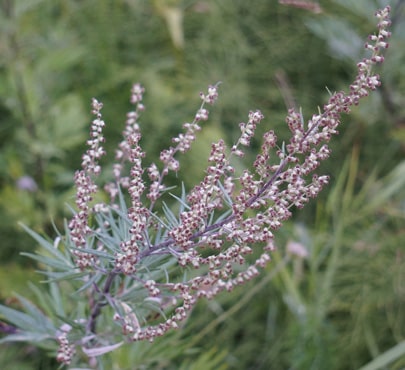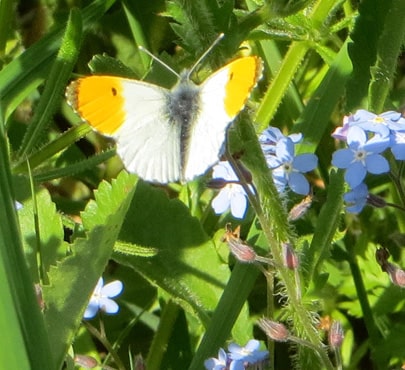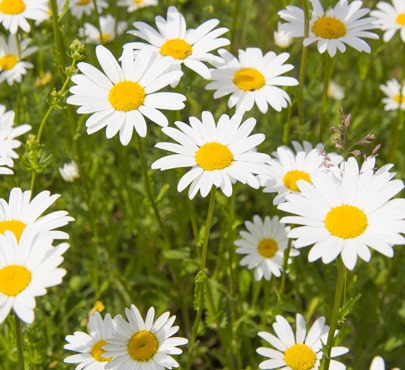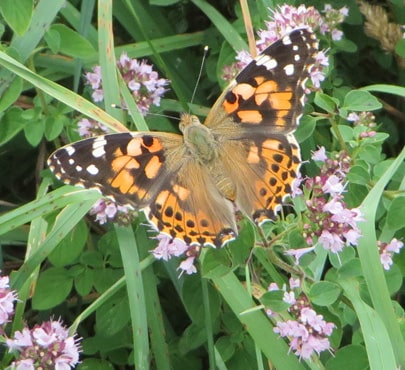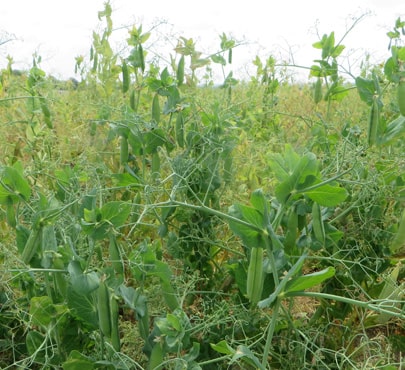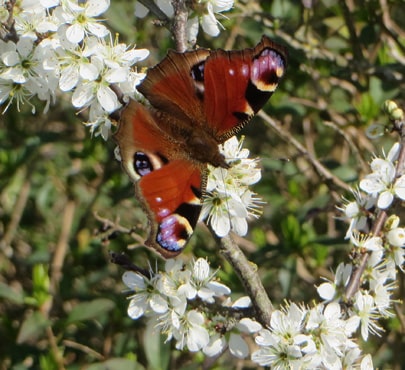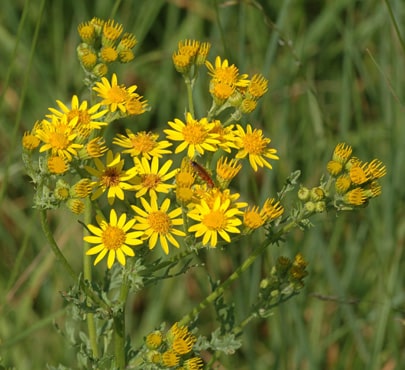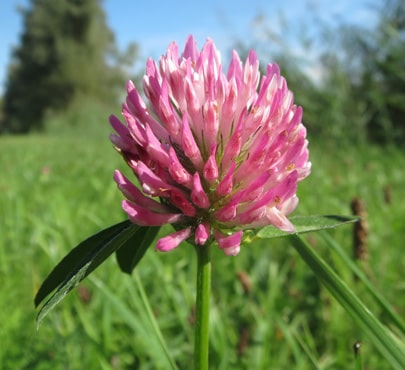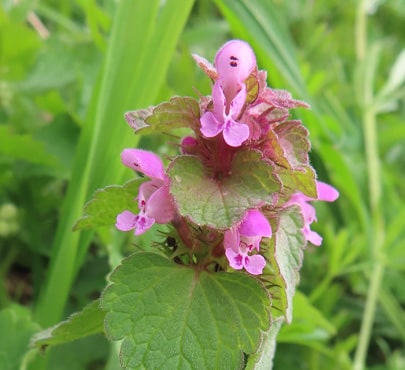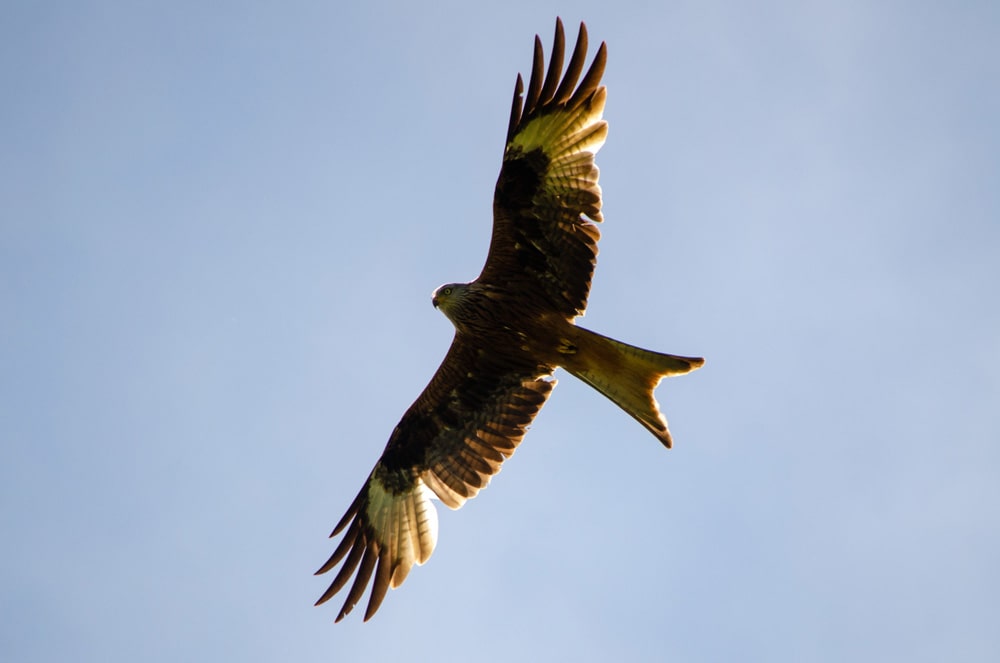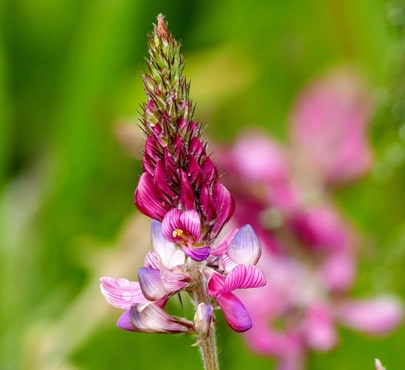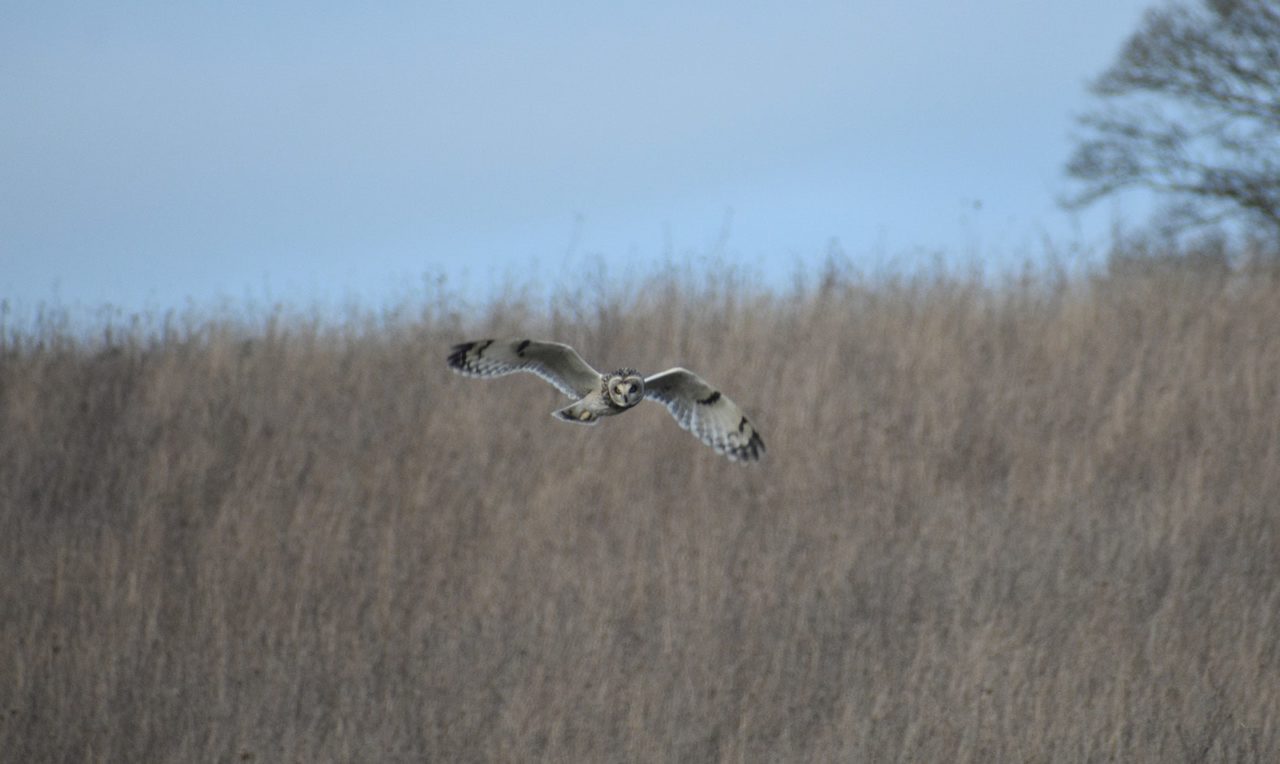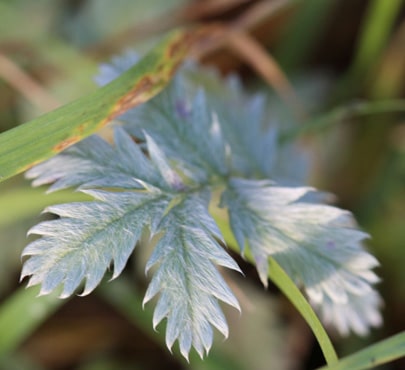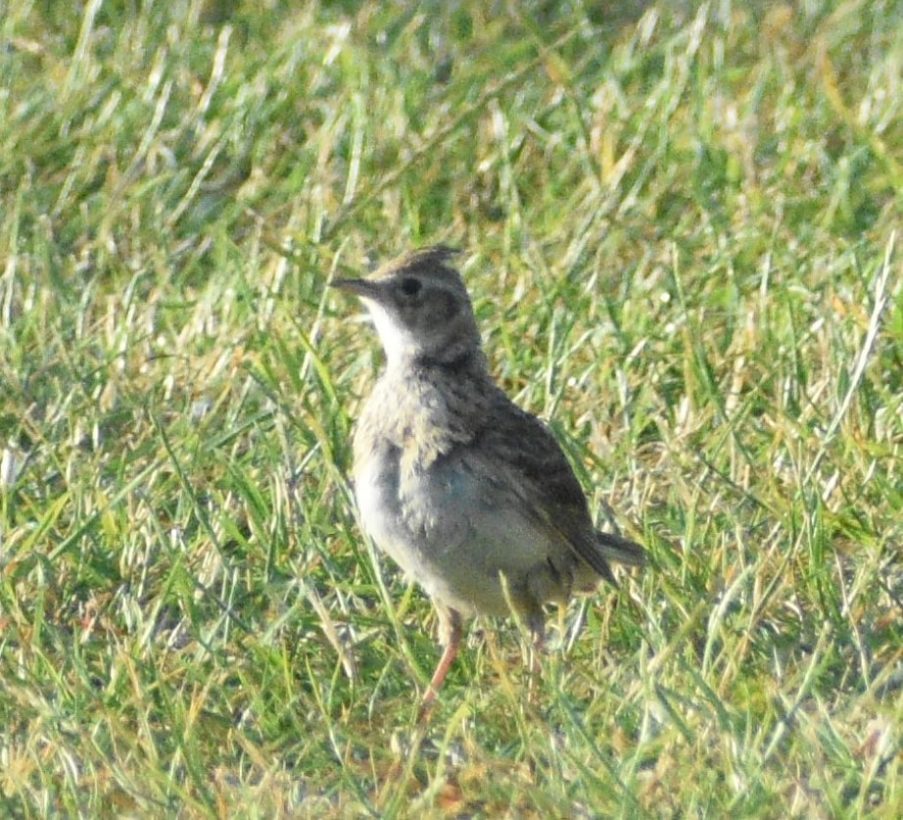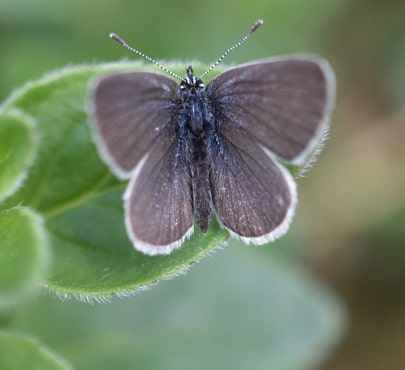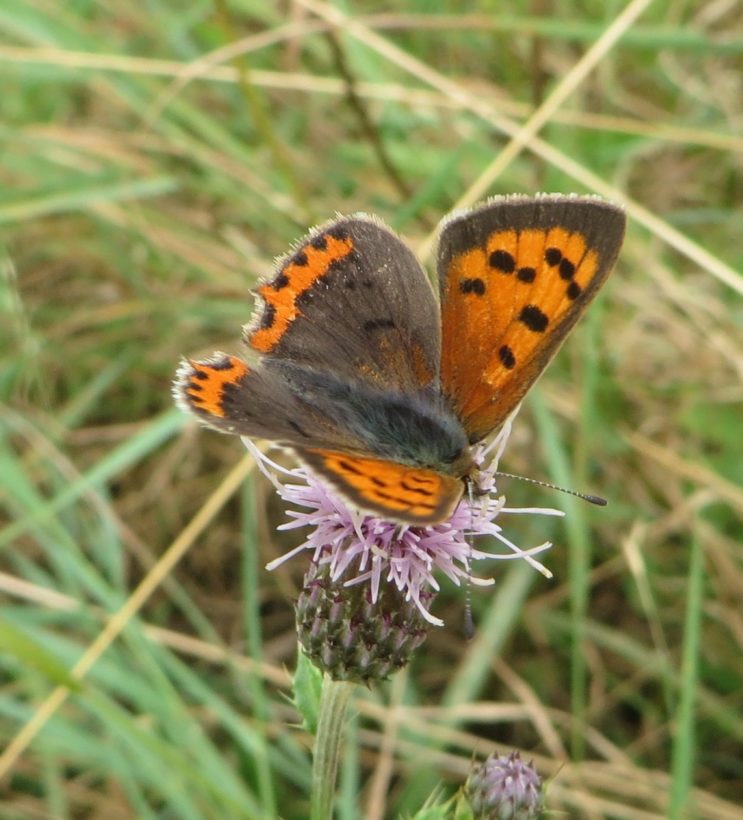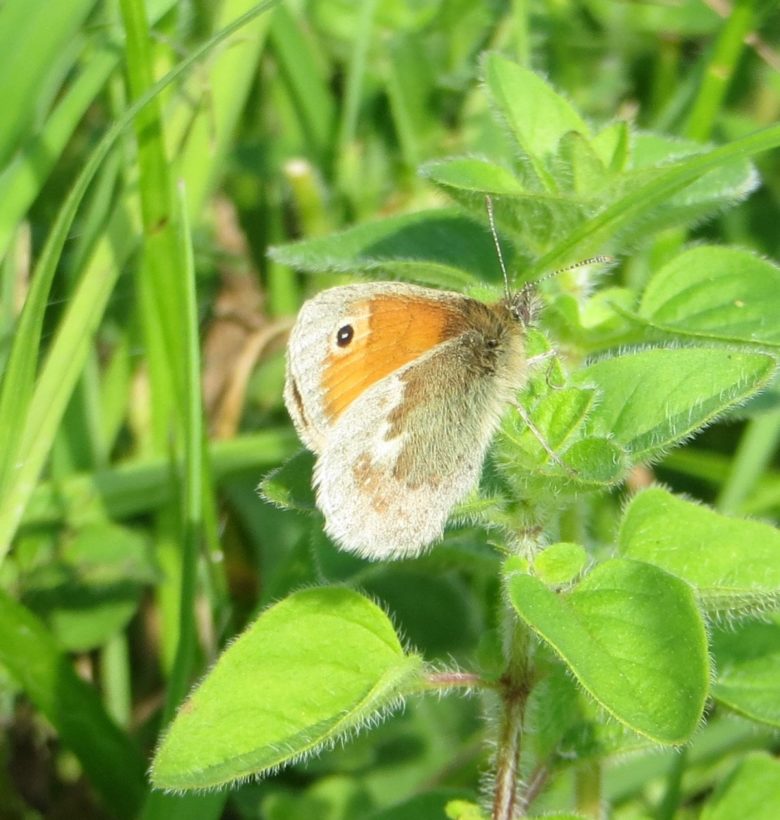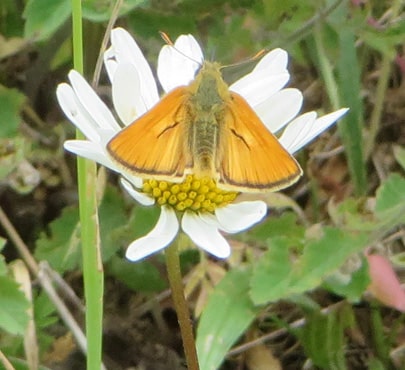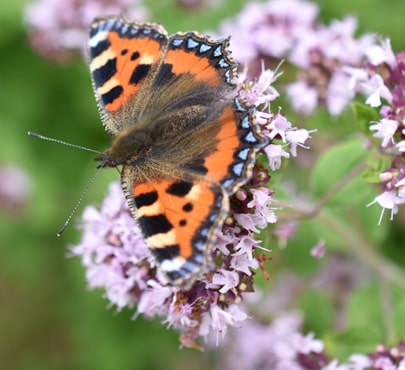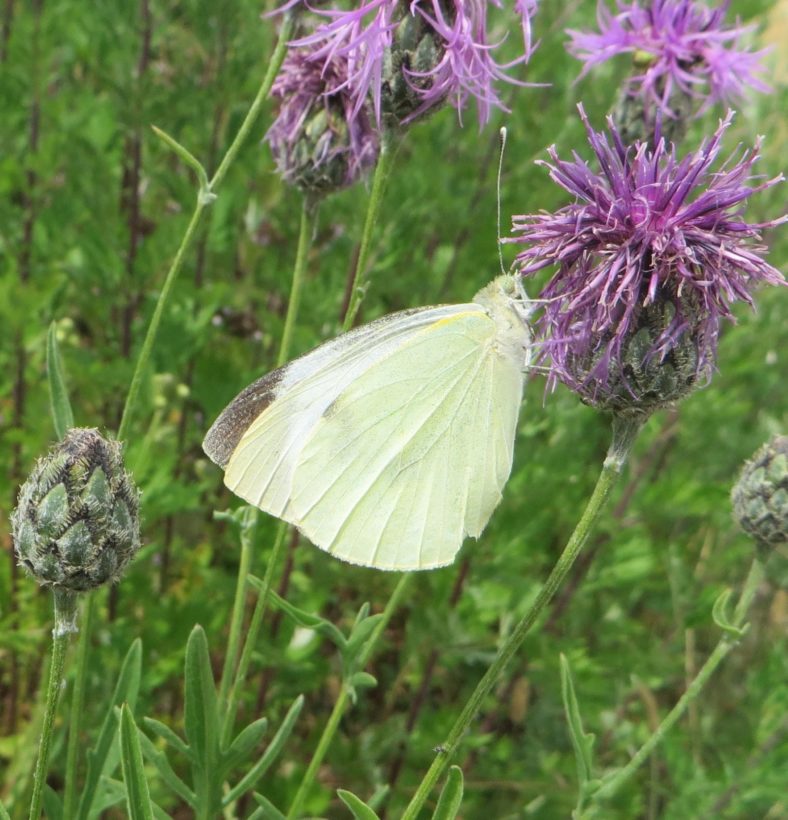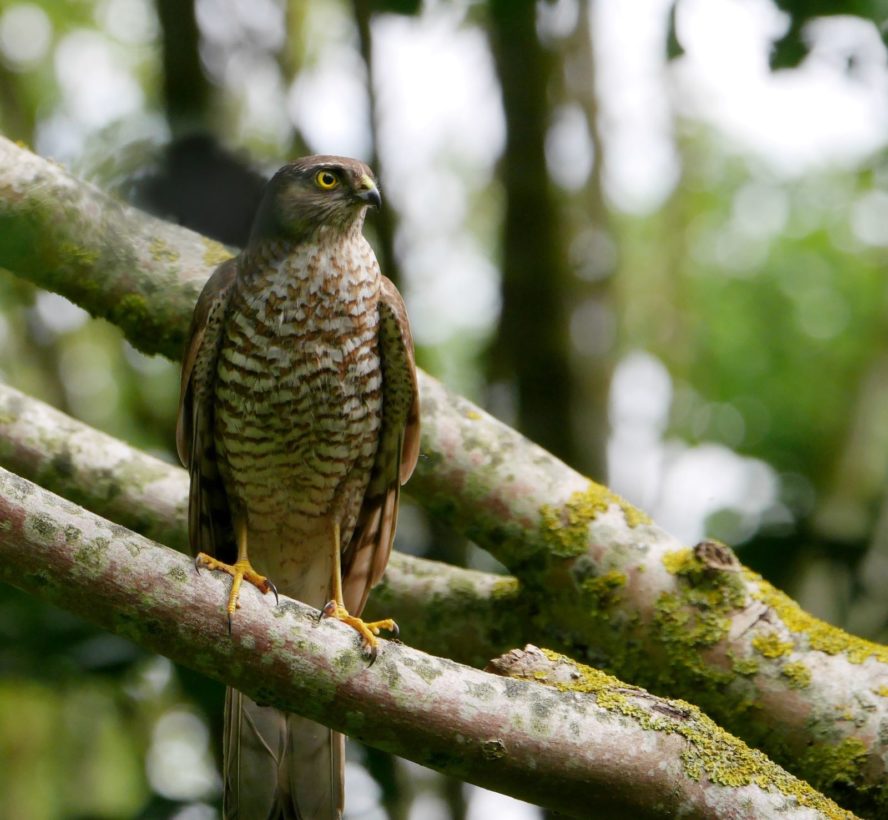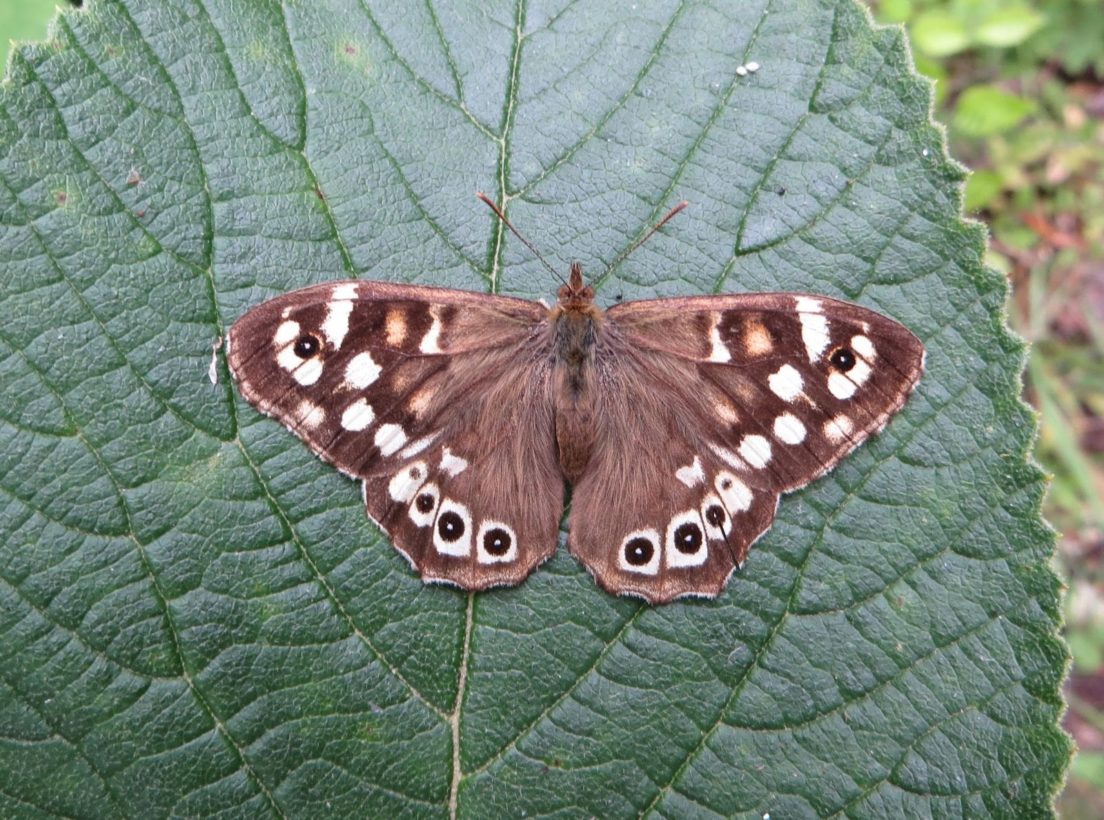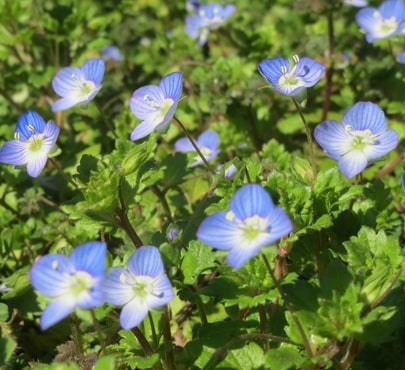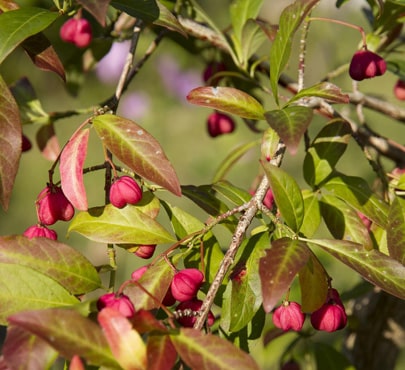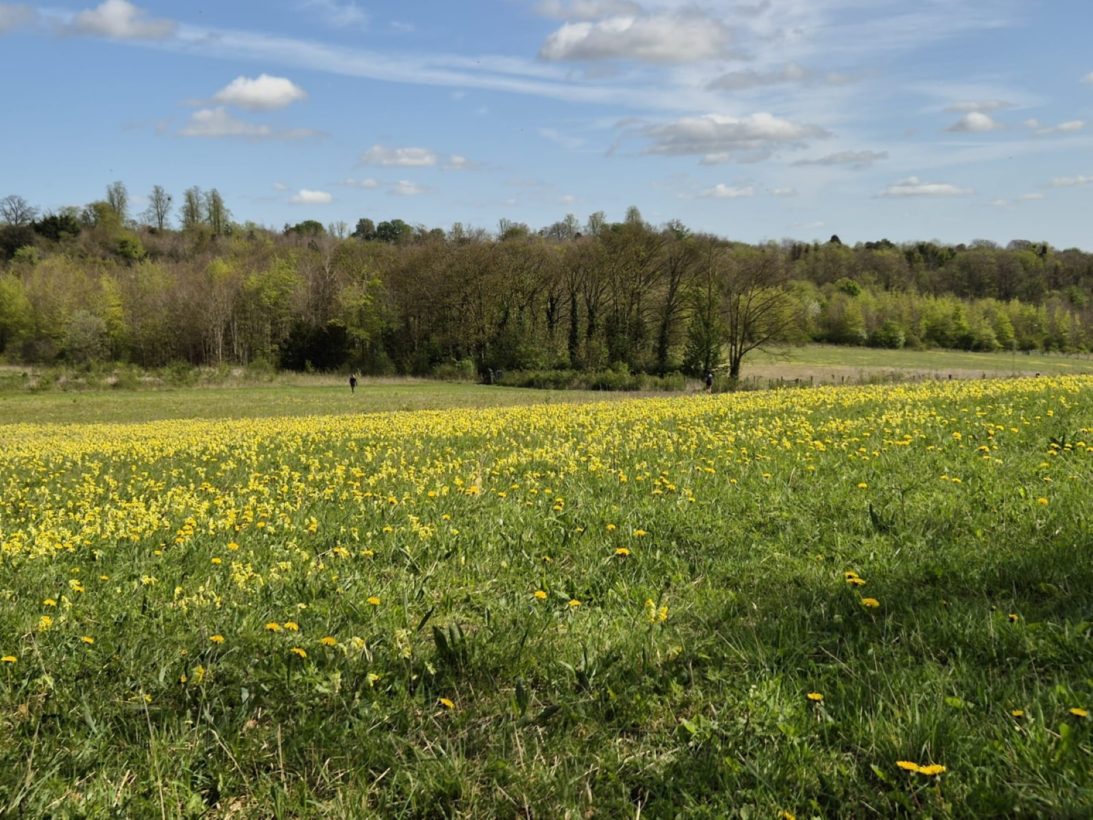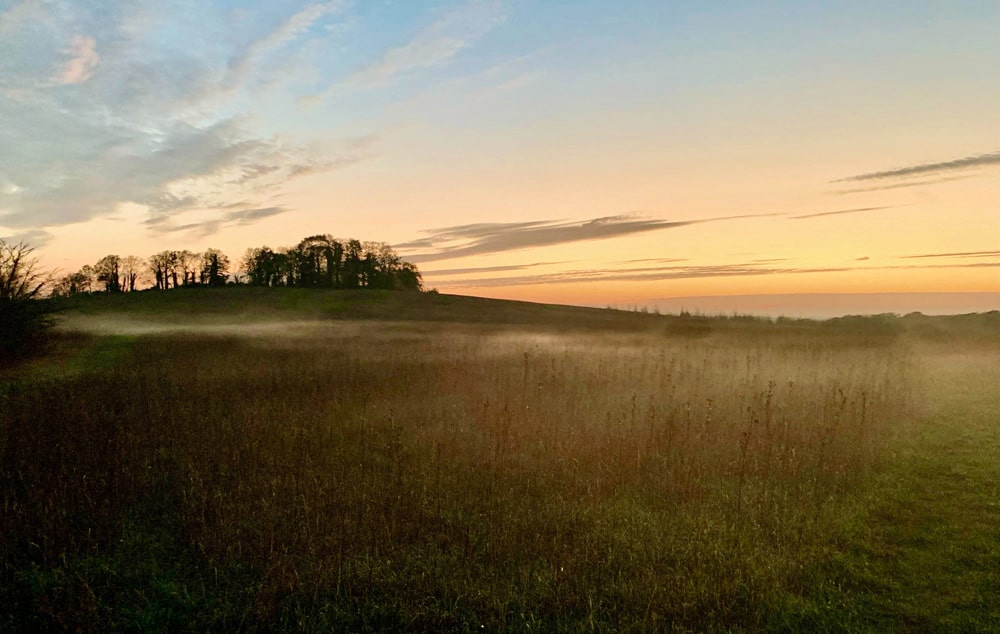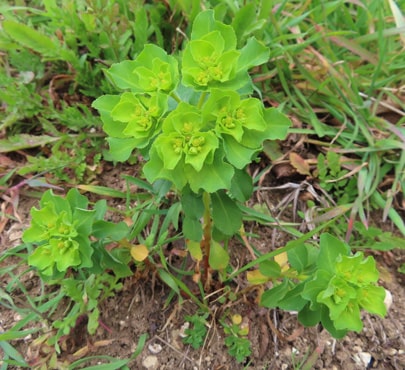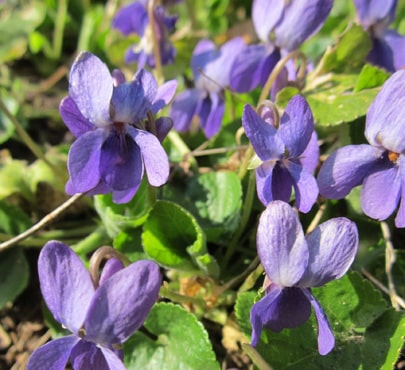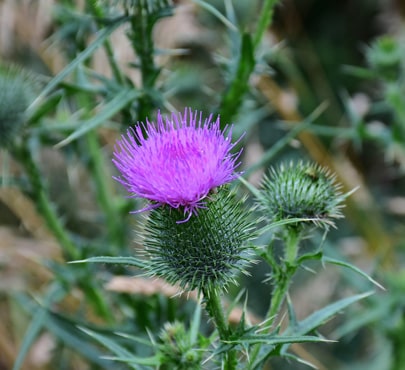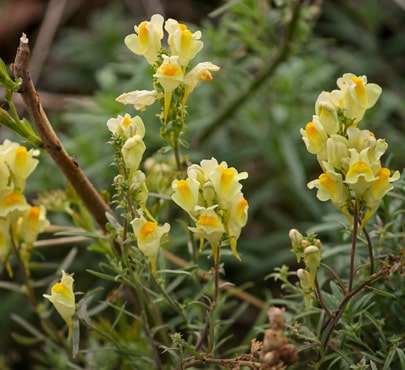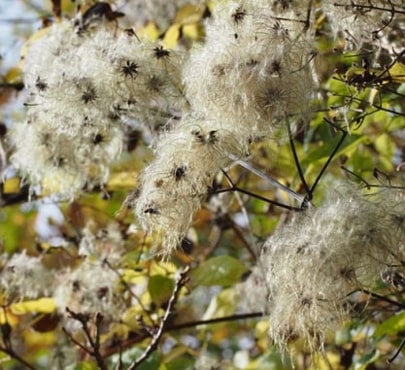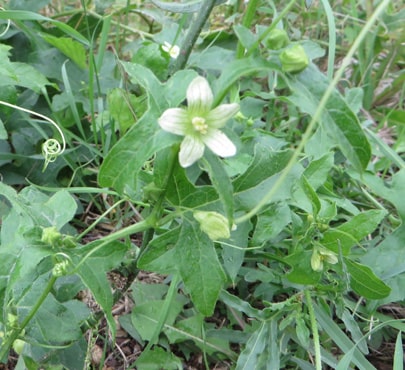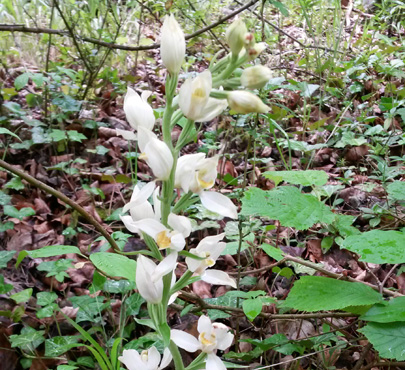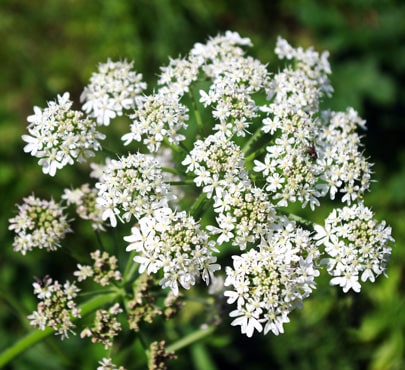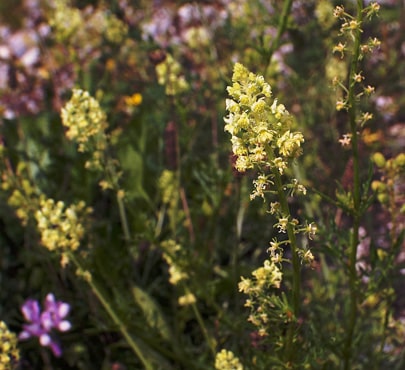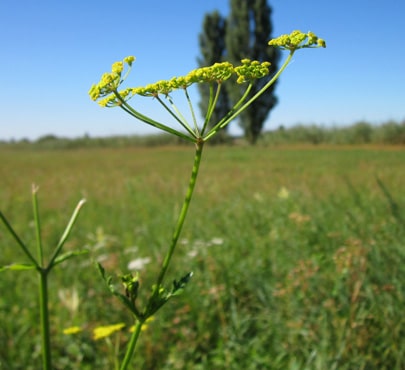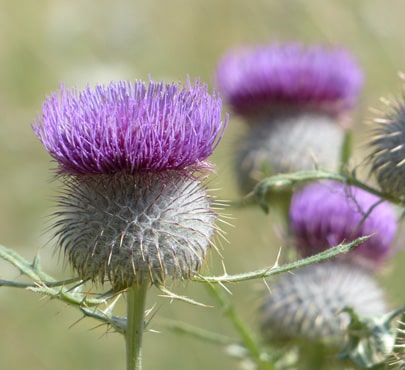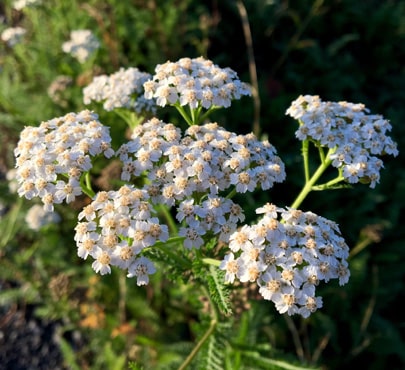Nature on Magog Down
Visitors to Magog Down will find that it is a mix of grassland, woodland and farmland, which complement each other and help to increase biodiversity across the site.
Since its inception over 30 years ago, meadows and woods have been carefully created and managed, new hedges planted and existing hedges restored, all with native species. Although Magog Down is a relatively young site, having previously been intensively farmed, these habitats increasingly support a rich diversity of wildlife, including native chalk grassland wild flowers and herbs, farmland and woodland birds, mammals and an amazing variety of insects and other invertebrates. Magog Down now has the status of County Wildlife Site (CWS) for the meadows, woodlands, hedgerows and invertebrate species found there. Many volunteers and local wildlife groups have helped to build up wildlife records to support the CWS status. Magog Down is beautiful whatever the time of year, with hilltop views, dramatic skies and the changing colours of the countryside through the seasons.
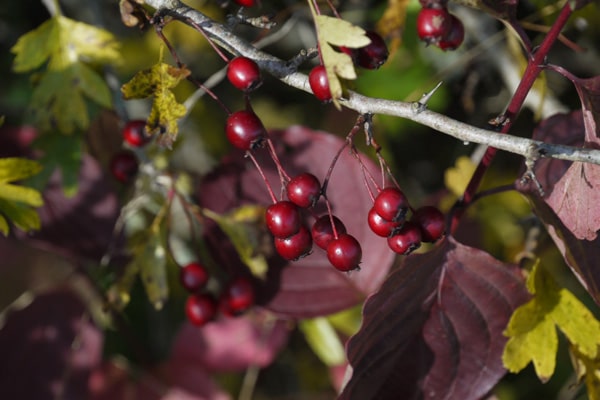
Critterdex
Our interactive critterdex shows you the range and variety of butterflies and wild flowers that you might see on Magog Down each month. You can click on the individual images for more information about each species, and where they might be spotted on the Down.
Grassland, Woodland and Farmland
Since the early 1990s, the vision of the Magog Trust has been to restore and conserve the chalk downland landscape, creating a haven for wildlife, which visitors can enjoy for tranquil and quiet recreation. The hilltop views from Magog Down offer visitors a glimpse into the past when centuries ago sheep grazed the Gog Magog Hills, part of an extensive open heath, abundant with many species of chalk grassland flowers that have now become rare. Learn more about the History of Magog Down
Through spring and summer, visitors can enjoy walking along grassy paths surrounded by a profusion of re-establishing native wild flowers and herbs, alive on sunny days with butterflies, day-flying moths, beetles and bugs, and accompanied by bursts of song from skylarks high above. Grassland areas are linked by woodland and hedgerows, fragrant with blossom in spring and summer and followed by colourful berries, fruits and autumnal leaves.
In addition to the woodland and wild flower meadows, a significant part of the site (around 65%) is still used for agriculture split between arable crops and sheep paddocks. This is done to provide income, to help the development of chalkland flora and to provide interest for visitors.
Learn more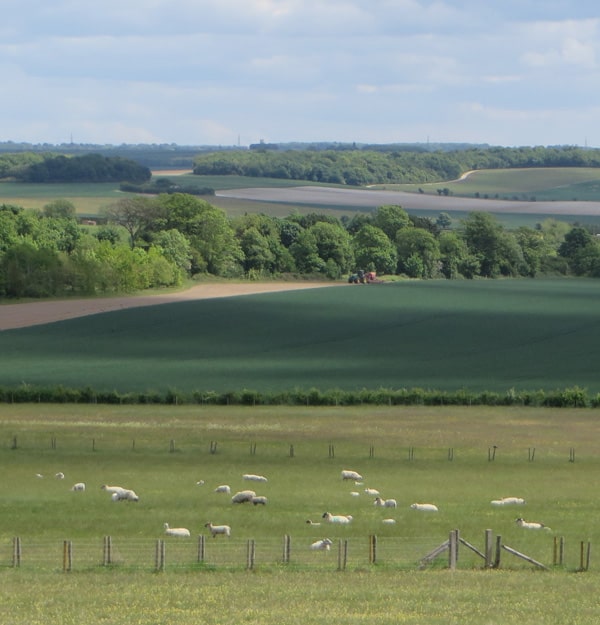
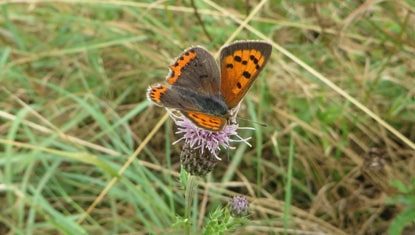
Butterflies on the Down
Over time, Magog Down has become home to a wide range of butterflies, which have established themselves by natural means; that is resident species which are common in the surrounding area have moved onto the Down. The availability of good quality chalk grassland, hedgerows and woodland shrub margins all provide habitats which encourage the growth of many butterfly populations. In addition, Magog Down hosts a variety of moths and other insects.
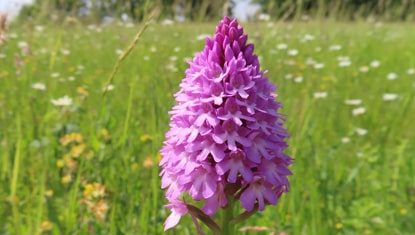
Wild flowers on Magog Down
Chalk grassland habitats are rich with herbs, grasses and meadow flowers which are adapted to shallow, well-drained alkaline soil with low fertility. Since the meadows were created on previously farmed fields, many chalk grassland flowers in addition to those sown have been recolonising naturally, including herbs such as Wild Marjoram (Origanum vulgare) and Wild Basil (Clinopodium vulgare), and orchids such as the Pyramidal Orchid (Anacamptis pyramidalis) and Bee Orchid (Ophrys apifera). Nowadays, the Down is home to an extensive and increasing number of wild flower species; for many of these we have detailed descriptions and images that visitors can browse.
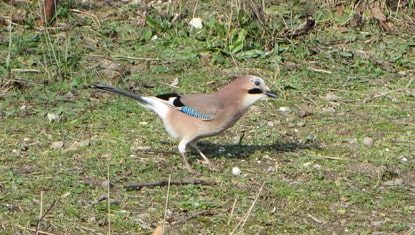
Birds on Magog Down
As a result of ongoing management of woodlands and meadows across the site, a wide range of birds can be seen and heard across Magog Down throughout the year. As well as species which are resident all year, the Down sees a variety of winter and summer migrants. Many of these birds are of conservation concern, with populations in decline. The different habitats provide shelter, nesting sites and winter and summer foraging areas for food supplies, such as insects and seeds or fruits and berries. The Magog Trust also arranges for an area between the woodland and the edge of the arable crop to be sown with an annual bird seed mix. This provides extra winter foraging areas for farmland birds. The summer flowers are also a valuable nectar source for insects, increasing biodiversity and providing a summer food source for birds and other wildlife. Bird surveys have been carried out regularly and more than 60 species have been recorded over the years. At present, almost 30 species breed regularly here.

